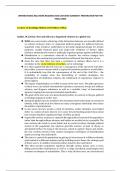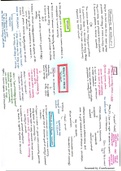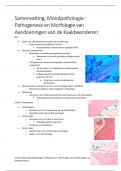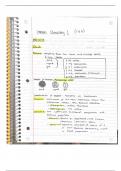Samenvatting
Summary and Notes - Core module International relations (LY) Final exam 2023
- Vak
- Instelling
This is a very extensive summary for the Core Module International Relations from 2023 in light if the final exam from University of Amsterdam (from Lecture 11 to 16). Here I provide a summary and notes from the readings, lectures and my tutorial group presentations to provide a more in depth analy...
[Meer zien]







